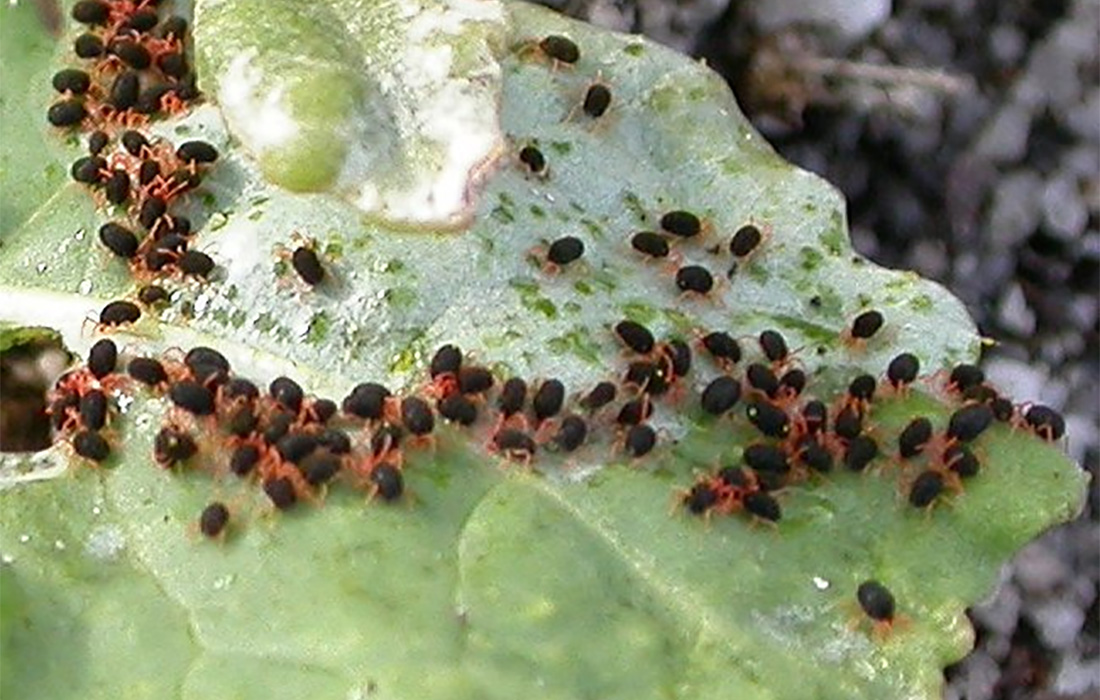Flora Pest Management
Are you tired of dealing with persistent pest problems in your garden, farm or bushland? Look no further! Our flora pest control and management service offer customised solutions to protect your plants, native flora and crops from damaging pests. Our team of experts uses safe and effective methods to eliminate pests while preserving the health of your flora and the environment. With our help, you can enjoy a lush, healthy, and productive landscape. Don’t let pests hold you back any longer, contact us today for a consultation and let us help you.
Controlling flora pests is important to the landscape for several reasons. Firstly, pests can cause significant damage to native plants, leading to declines in species diversity and ecosystem health. This can have a cascading effect on the entire ecosystem, as the loss of native plants can alter the habitat for wildlife and disrupt food webs. Secondly, uncontrolled pest populations can lead to the spread of diseases, which can have a negative impact on human health. Thirdly, the spread of invasive species can also have devastating consequences for native flora, as they can outcompete native species and cause declines in biodiversity. Effective pest control helps to protect the landscape, maintain species diversity, and support the health and well-being of both people and the environment.
The typical process for managing flora pests typically involves the following steps:
- Identification: The first step in managing pests is to accurately identify the species causing the problem. This can be done through physical examination, laboratory analysis, or other means.
- Monitoring: Ongoing monitoring of pest populations is important to determine the extent and severity of the problem and to track the effectiveness of control efforts.
- Assessment: Once the pests have been identified, it’s important to assess the impact they are having on the plants or crops and to consider the desired outcome of the pest management program.
- Selection of Control Methods: Based on the assessment, a range of control methods can be selected, including physical, biological, cultural, or chemical methods. The choice of control method will depend on the pest species, the extent of the infestation, the impact on non-target species, and the desired outcome.
- Implementation: The selected control methods are then implemented, following best practices to minimize any negative impacts on the environment.
- Evaluation: The effectiveness of the pest control program should be evaluated over time to assess whether the desired outcomes have been achieved and to identify any areas for improvement.
- Repeat: If necessary, the pest control process may need to be repeated to maintain control and prevent re-infestations.
Overall, the process for managing flora pests requires a multi-disciplinary approach, using a range of methods tailored to the specific pest problem, the plants or crops being protected, and the desired outcome.
The Benefits
- Protects crops and plants from damage, increasing yields and food security
- Maintains species diversity and ecosystem health
- Reduces the spread of diseases that can impact human health
- Helps to prevent the spread of invasive species, which can have devastating effects on native flora
- Supports economic development by reducing costs associated with pest damage
- Minimizes the use of harmful pesticides, protecting the environment and non-target species
- By minimizing the use of harmful pesticides, the service helps to protect the environment and preserve the delicate balance of ecosystems.


